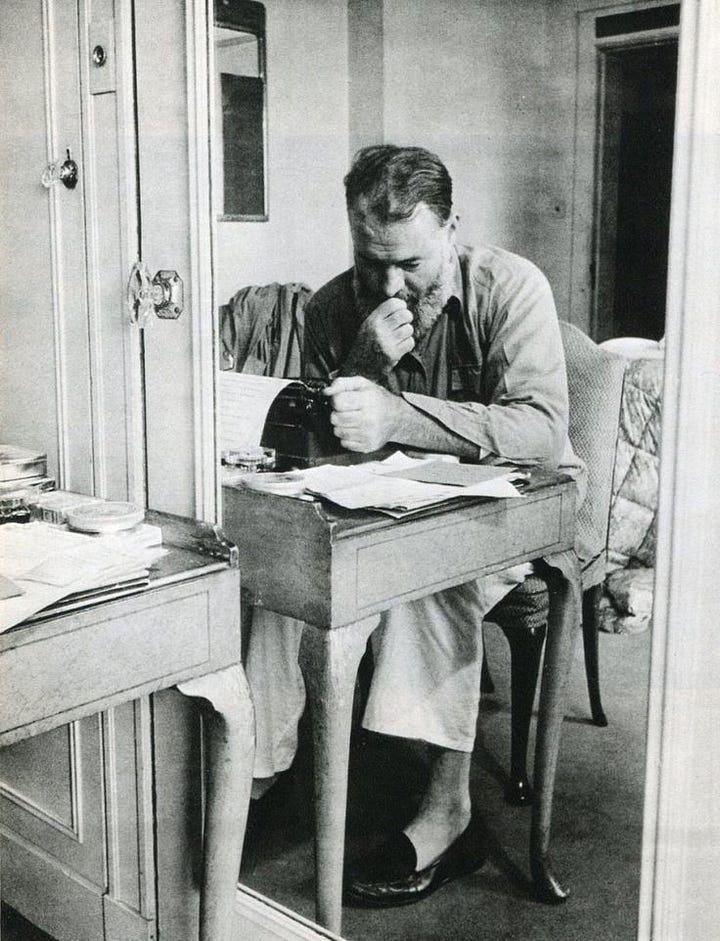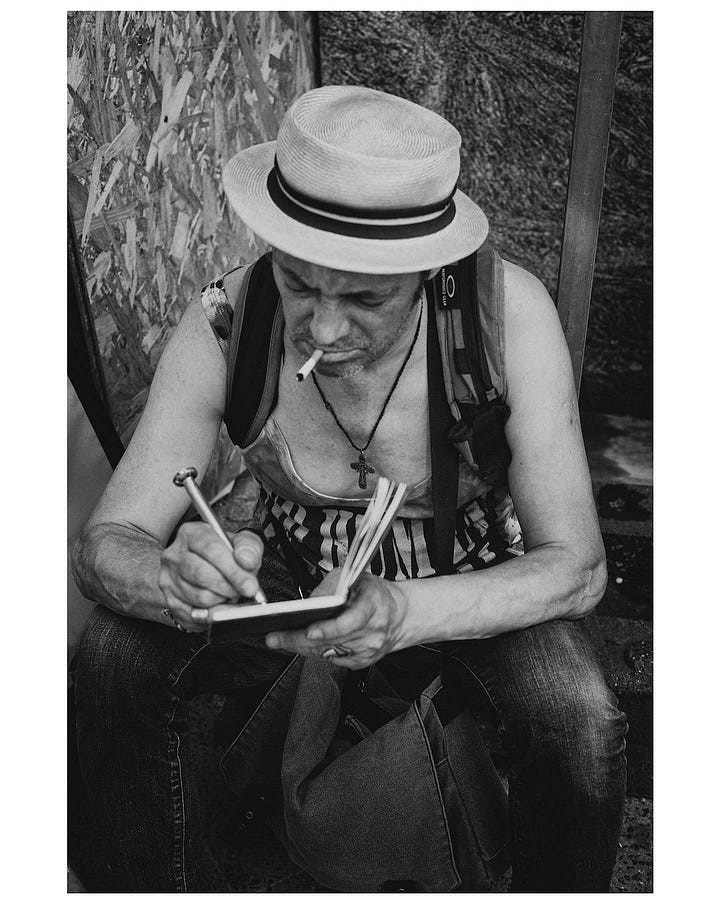When I tell people I do copywriting, many of them act like they understand, but later, they often ask what I actually do.
Everything that has to do with writing. It’s simple, but I know I’m oversimplifying. Because, actually, it’s about so much more than writing. It’s about crafting words that convey a brand’s message, shape how it’s perceived, inspire action, and make it memorable.


This first step is about getting a clear, high-level understanding of the role. What copywriters do, where they work, and how the work varies across industries.
WHAT IS A COPYWRITER?
A copywriter is someone who writes words, known as copy, designed to inform, persuade, or inspire action. These words can take many forms. A headline, a social media post, a website’s call-to-action, the text on product packaging, or even the words spoken in a TV ad or by an influencer. It can also be the idea behind an expression without words at all.
Even when not thinking about an execution, every idea needs to be written. That’s why copywriters are important. Copywriting is thinking, problem-solving, storytelling, and sometimes even psychology. It’s about knowing who you’re speaking to, understanding what motivates them, and finding ways to connect. It’s about balancing creativity with strategy. Aligning the brand’s voice with the audience’s expectations.
COPYWRITING ACROSS INDUSTRIES
While the basics of copywriting, using words to inform, persuade, or engage, stay the same, the focus and style can vary a lot depending on the industry.
Advertising and marketing:
Crafting ad copy, taglines, and campaign scripts is the core of advertising copywriting. It’s fast-paced and often high-pressure, requiring quick thinking and big ideas. The reward can be seeing your words bring campaigns to life on screens, billboards, and beyond.Digital and e-commerce:
From product descriptions to sales pages and website copy, this type of writing focuses on clarity and driving action. It’s about understanding buyer psychology and creating a seamless experience that moves people toward a purchase.Entertainment and media:
Writing promotional materials like trailers, posters, and social media posts requires a mix of creativity and audience insight. The challenge is to distill complex stories into something that grabs attention in seconds, whether it’s for a blockbuster film or an indie release.Healthcare and advocacy:
Copywriting in this space involves creating patient brochures, fundraising appeals, or educational content. It requires a delicate balance of accuracy, clarity, and emotional storytelling to engage readers while adhering to ethical guidelines.


COPYWRITING IN ADVERTISING AND MARKETING
So far, I’ve mostly worked as a copywriter in advertising, so that’s what this series will focus on. I’ve worked in both a boutique and a global agency, and both experiences have shown me the ins and outs of the job. In a boutique agency, you’re often involved in every part of the process, which is great for hands-on learning but also means juggling a lot at once. In a bigger network, the projects are mostly bigger, the teams are more specialized, and the processes are more structured. Each has its pros and cons, but together, they’ve shaped how I see the role of a copywriter and how to succeed in it.
WHAT DO COPYWRITERS CREATE IN ADVERTISING?
Below is a quick list of what copywriters in advertising might work on. Of course, this can vary, but it’s an overview of some of the things I’ve done. While the final work often ends up in front of consumers, a significant part of the job involves internal tasks that build the foundation for campaigns.
Consumer-facing deliverables
Headlines and taglines: The phrases that define campaigns or brands.
Ad scripts: Writing for TV, digital, or audio spots.
Blog posts and long-form content: Writing educational or thought-leadership pieces that establish brand authority.
Out-of-home (OOH) copy: Billboards, transit ads, and posters that communicate quickly and effectively.
Interactive copy: Content for apps, games, or digital experiences that engage users through interactivity.
Social media copy: Posts, captions, and campaign concepts tailored for platforms.
Website copy: Landing pages, banners, and promotional content.
Email campaigns: From promotional emails to nurturing sequences.
Packaging and product copy: Words that make products stand out on shelves or online.
Internal tasks
Tone of voice guidelines: Defining how a brand speaks across all communication.
Creative toolkits: Playbooks for how campaigns should be executed across markets or channels.
Pitch decks: Selling big ideas and campaigns to clients.
Campaign concepts: Collaborating with teams to develop overarching ideas that drive the work.
Content calendars: Planning and organizing campaigns to ensure consistent messaging across channels.
Case studies: Writing detailed reports on successful campaigns to showcase agency expertise or client success.
Training materials: Creating internal resources or workshops to teach teams about tone, messaging, or branding.
Market-specific adaptations: Adjusting campaigns for different cultural or language contexts.
Presentations and feedback cycles: Explaining, refining, and defending the work internally and externally.


In the next post, I will go into the differences of being a copywriter in a global vs boutique agency:



